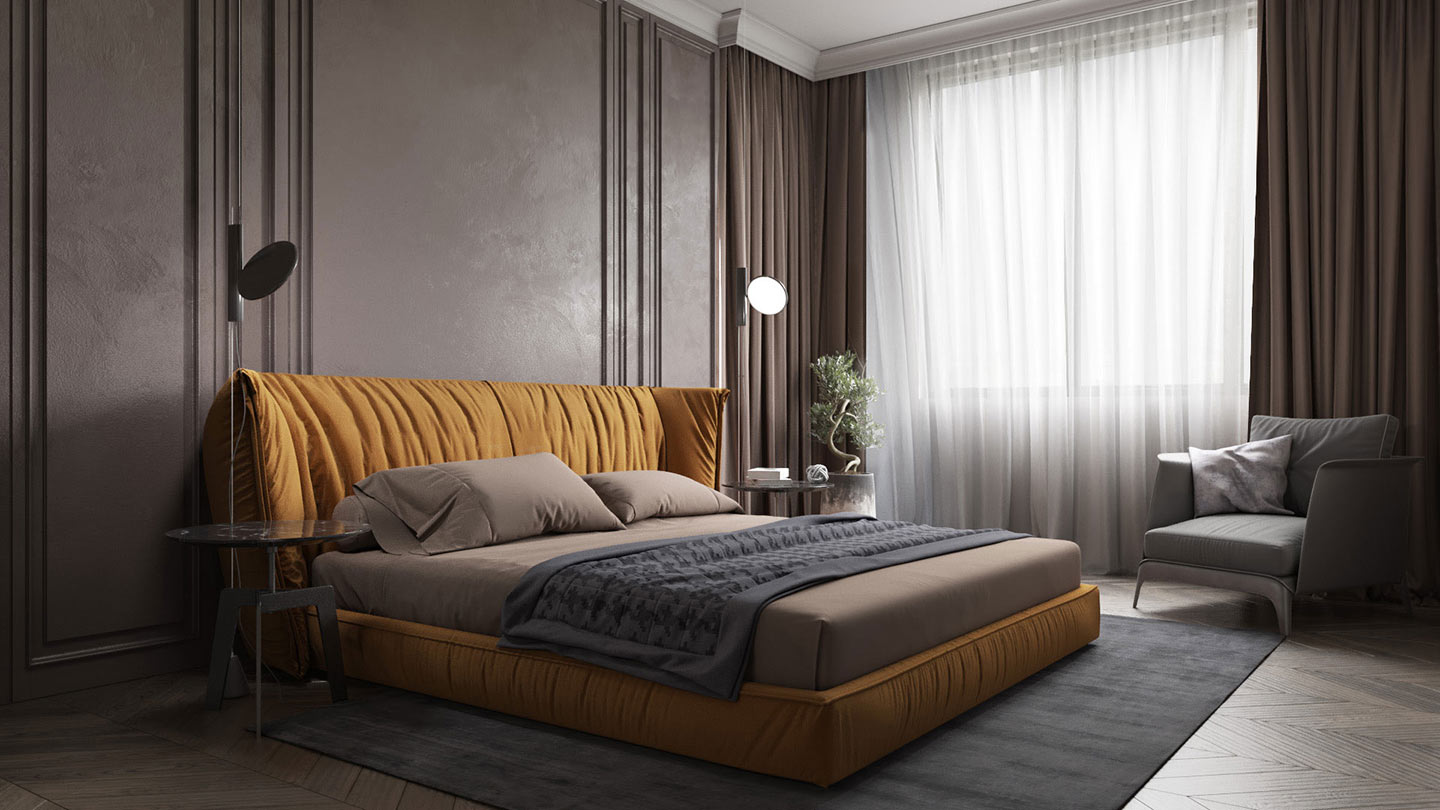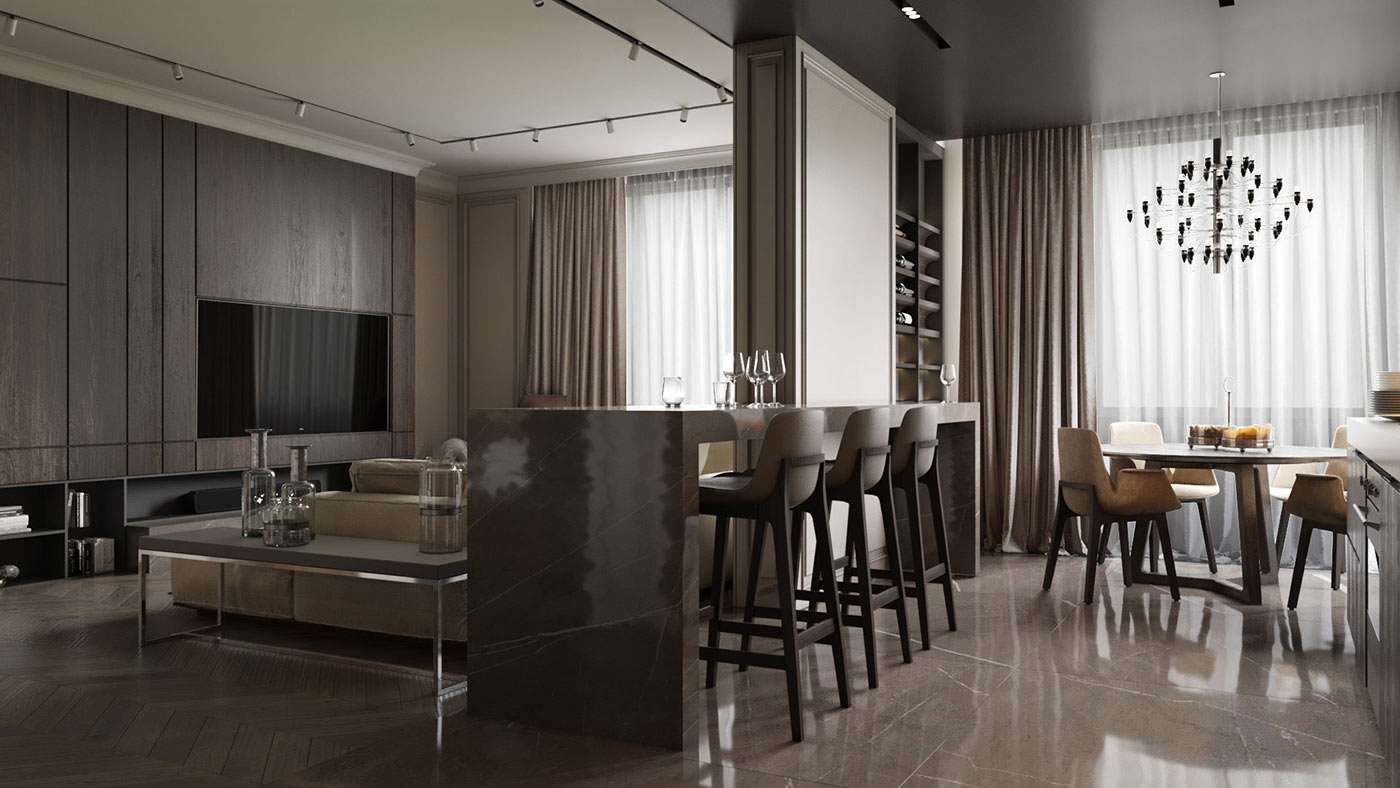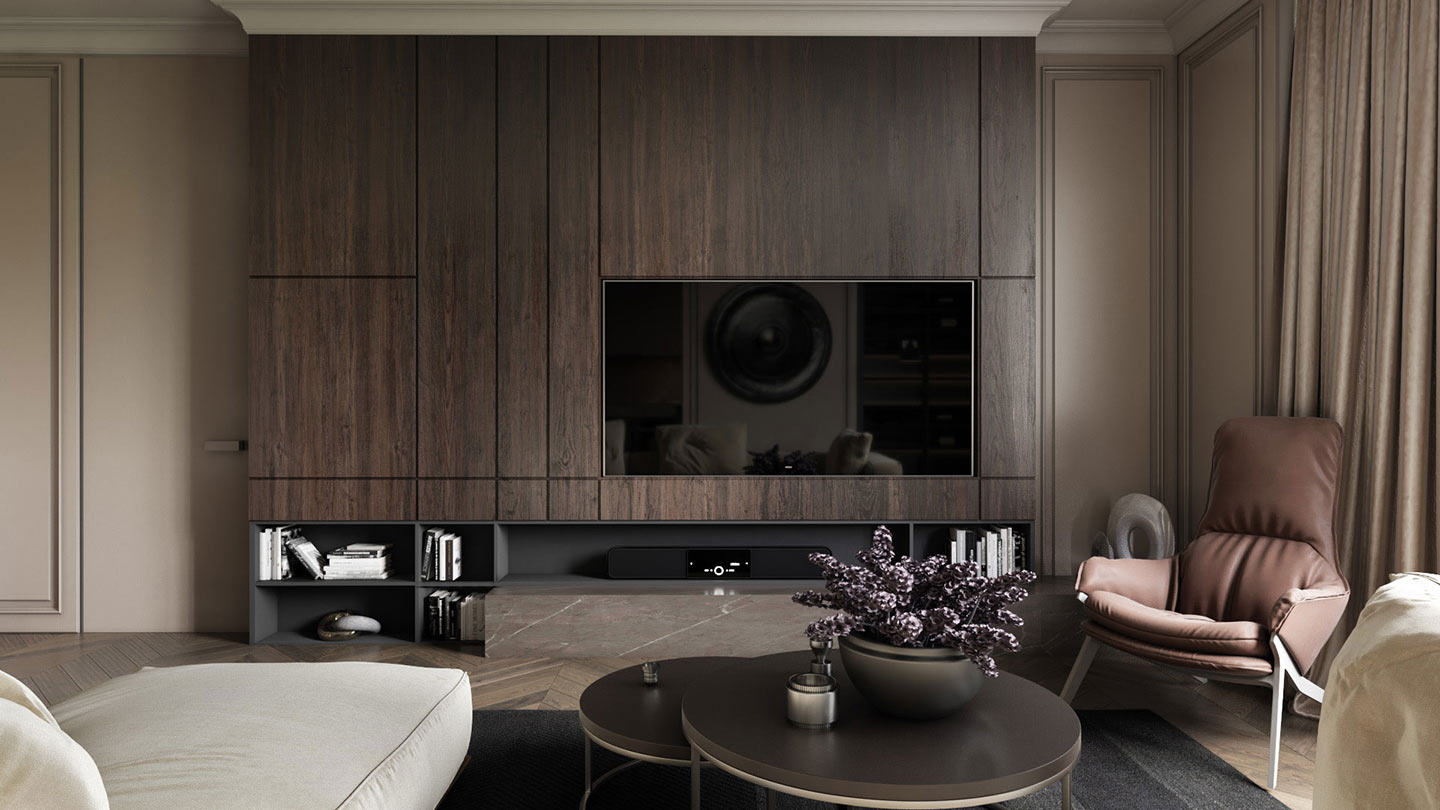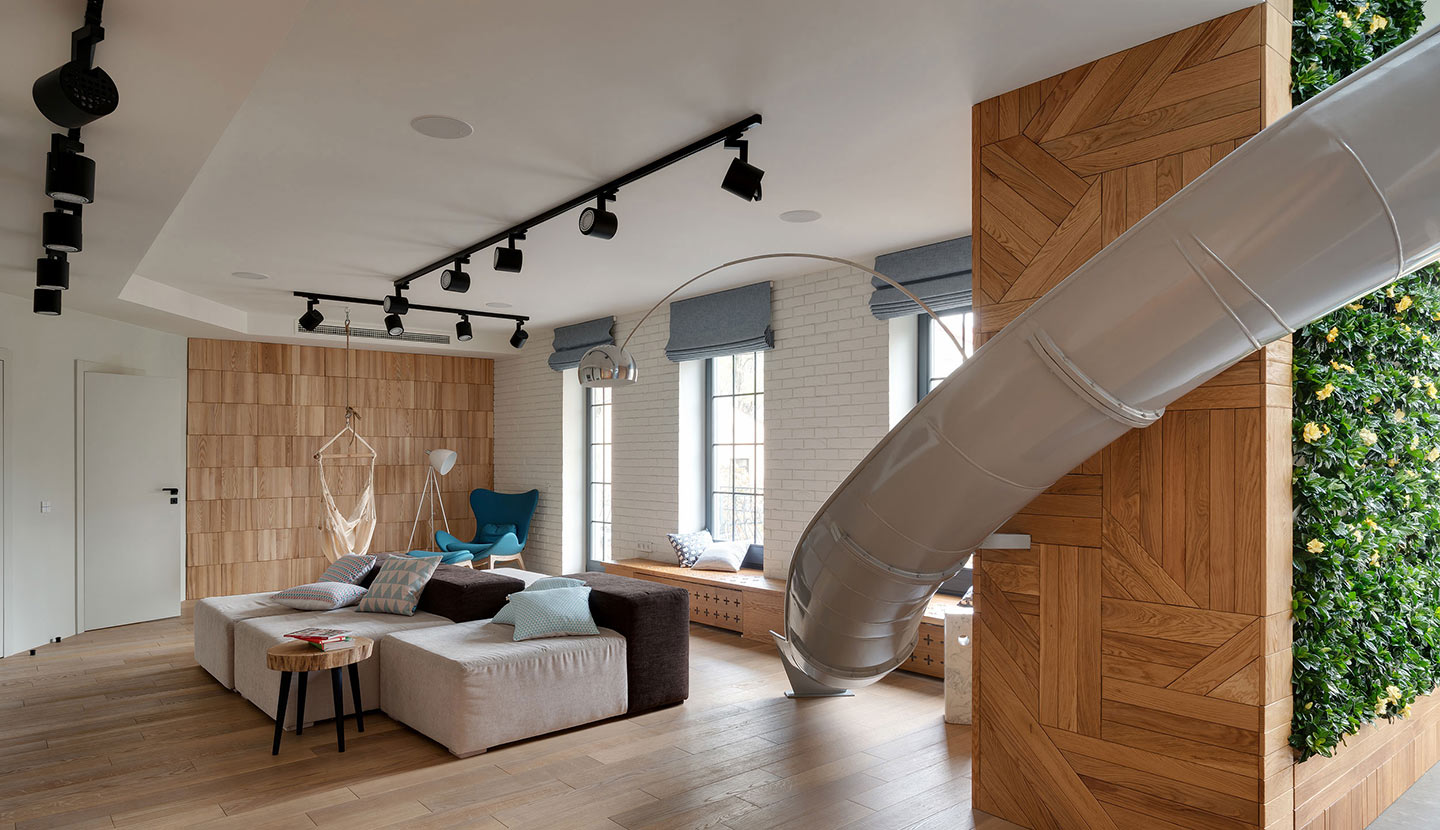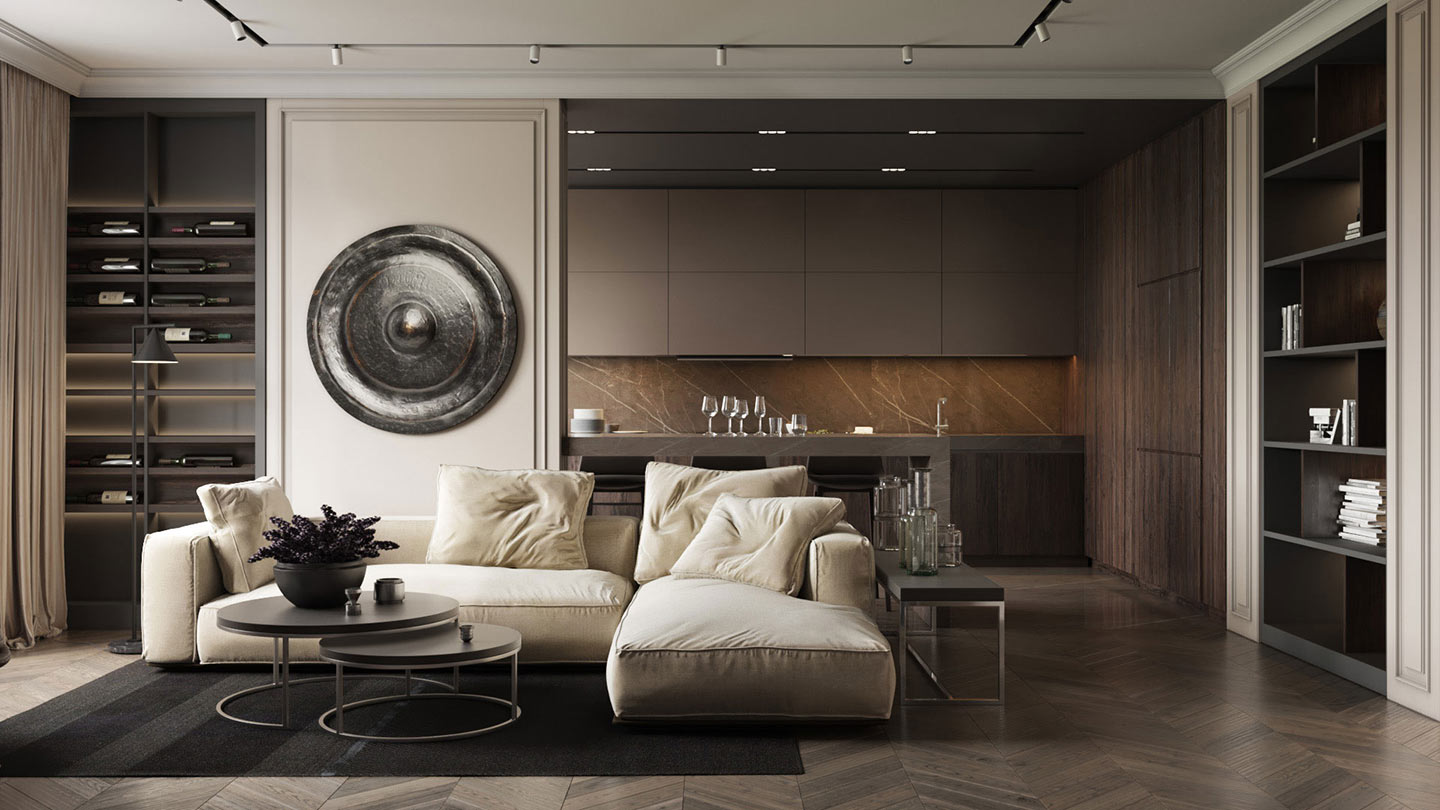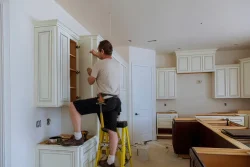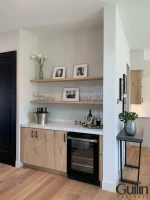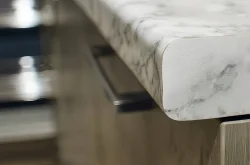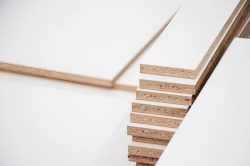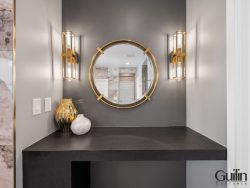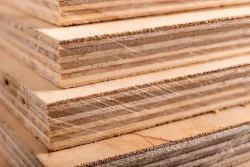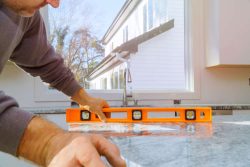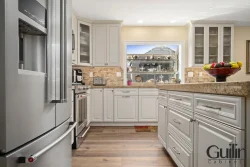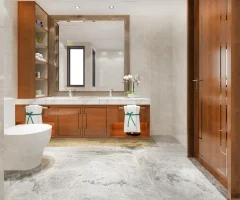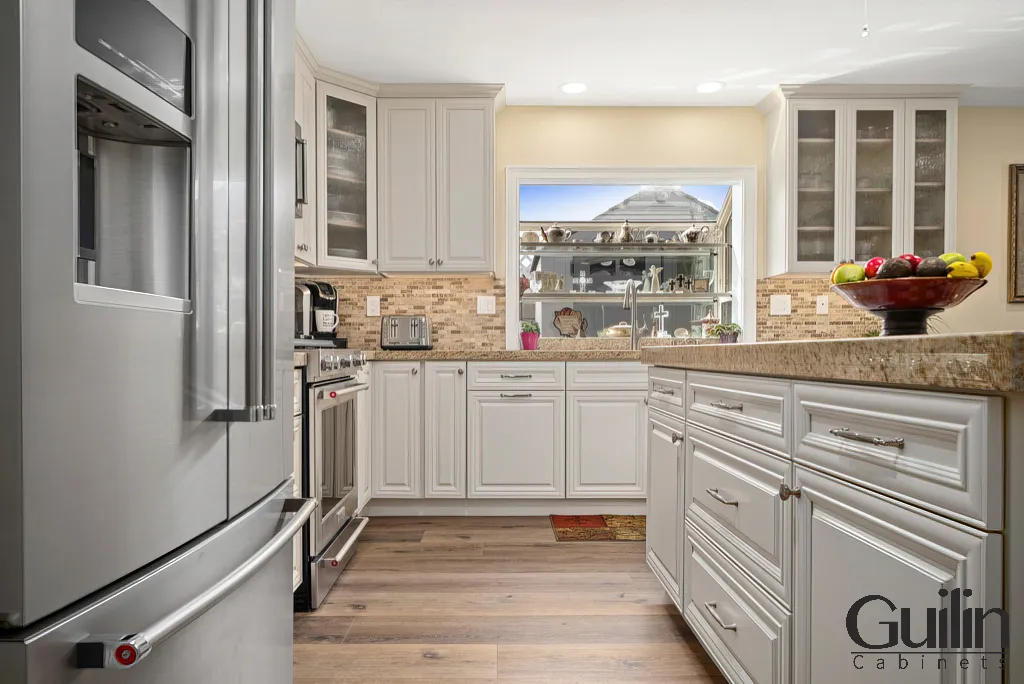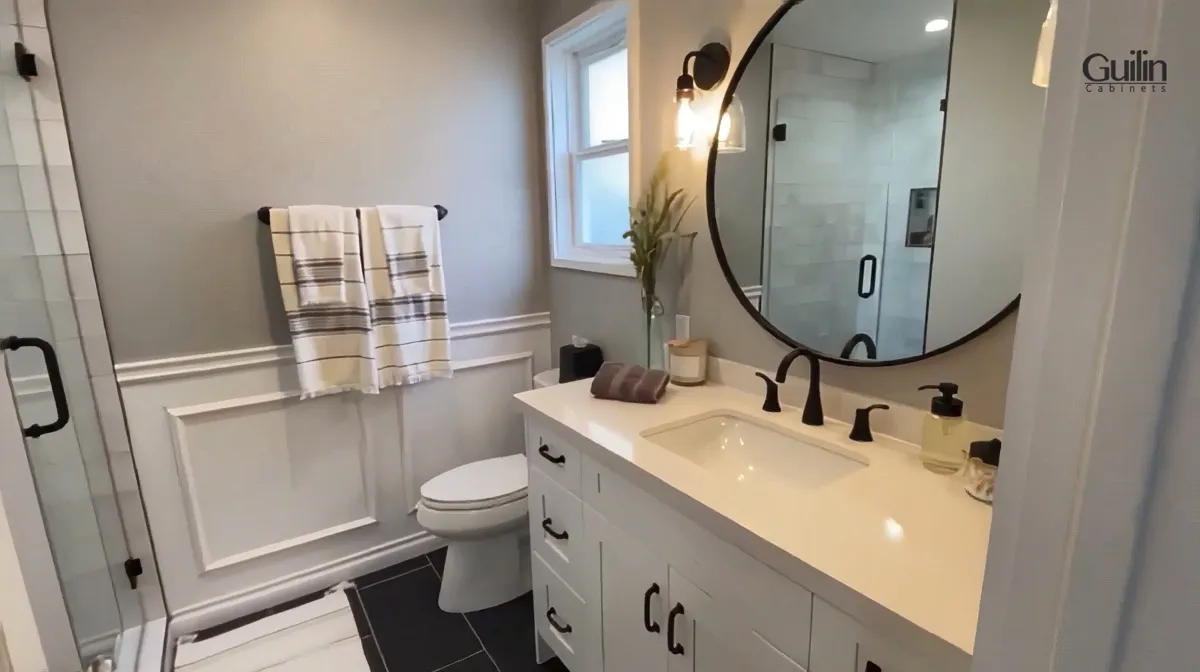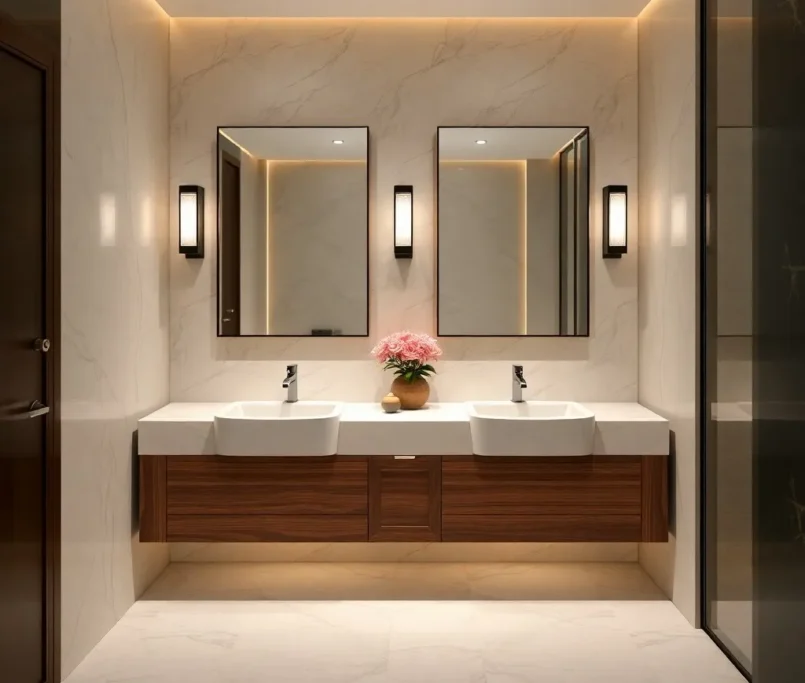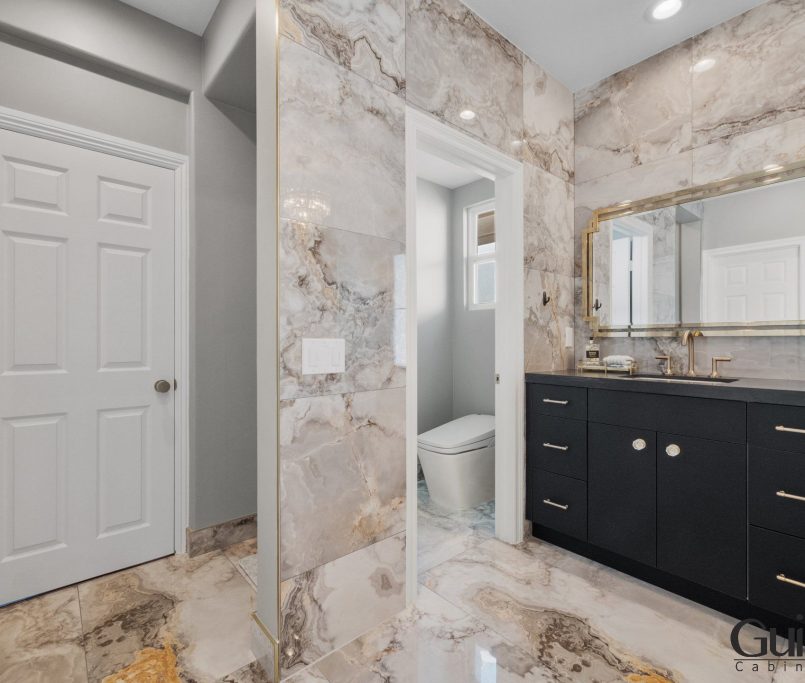Longevity of your solid wood cabinets depends on factors like wood type, environment, and maintenance. You can expect them to last anywhere from 20 to 50+ years, with hardwoods like oak and maple offering the best durability. However, exposure to moisture or neglect in upkeep can lead to warping, cracking, or mold, significantly shortening their lifespan. By regularly cleaning, wiping spills immediately, and refinishing every 10–15 years, you ensure your cabinets remain sturdy and beautiful for decades to come.
=> Quick Answer: 20 to 50+ years — depending on usage, environment, and maintenance.
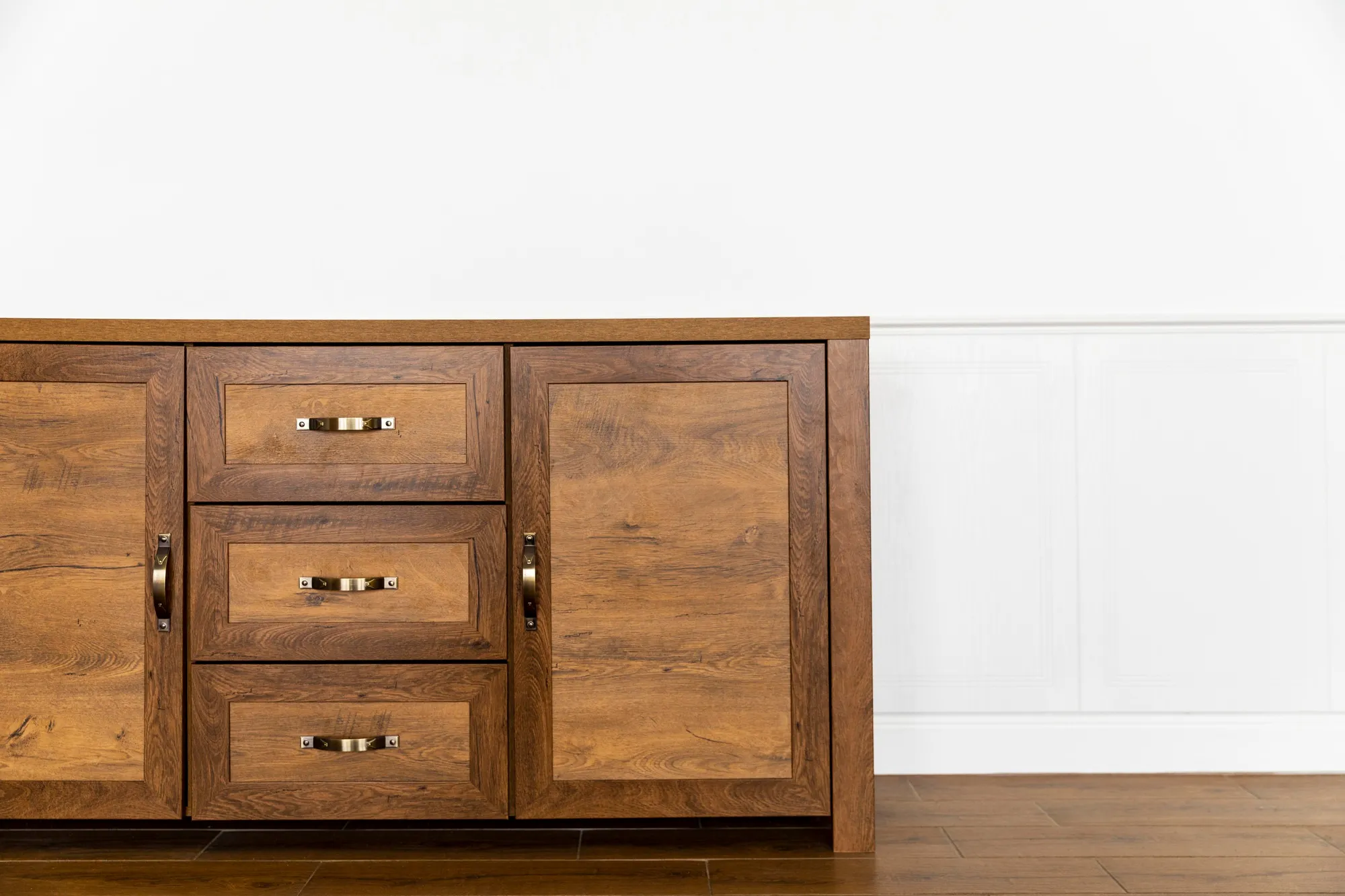
Related Article:
- How Long Do Melamine Cabinets Last?
- How Long Do Refaced Kitchen Cabinets Last?
- How Long Do Solid Wood Cabinets Last?
What Affects To Average Lifespan of Solid Wood Cabinets?
Solid wood cabinets typically offer a lifespan ranging from 20 to over 50 years, largely influenced by the type of wood and quality of construction. Hardwoods such as oak, maple, cherry, and walnut provide exceptional durability and resistance to dents, scratches, and warping, often allowing cabinets to maintain their structural integrity and appearance well beyond the 40-year mark. In contrast, softer woods like pine or cedar, while more affordable, generally fall on the lower end of this spectrum, lasting anywhere from 15 to 30 years when properly cared for.
=>Read More: Solid Wood Cabinets: Pros and Cons to Consider
| Factor | What Happens | How to Extend Life |
|---|---|---|
| Wood Type | Softer woods dent and wear faster | Choose hardwoods |
| Finish Quality | Poor finish = water damage, stains | Use a quality finish and reapply when needed |
| Moisture & Humidity | Causes warping, cracking, mold | Keep dry, use exhaust fan, wipe spills |
| Use & Wear | Hinges break, doors loosen | Avoid slamming, open/close gently |
| Maintenance | Neglect shortens life | Clean regularly, reseal, fix issues early |
Wood Type
Not all wood is the same! Some are tougher and resist damage better.
- Hardwoods like oak, maple, cherry, and walnut are very strong and dense. They resist dents, scratches, and warping over time. Cabinets made from these woods can last 40–50+ years.
- Softwoods like pine or cedar are cheaper but more prone to dents, wear, and warping. These may last 15–30 years if maintained carefully.
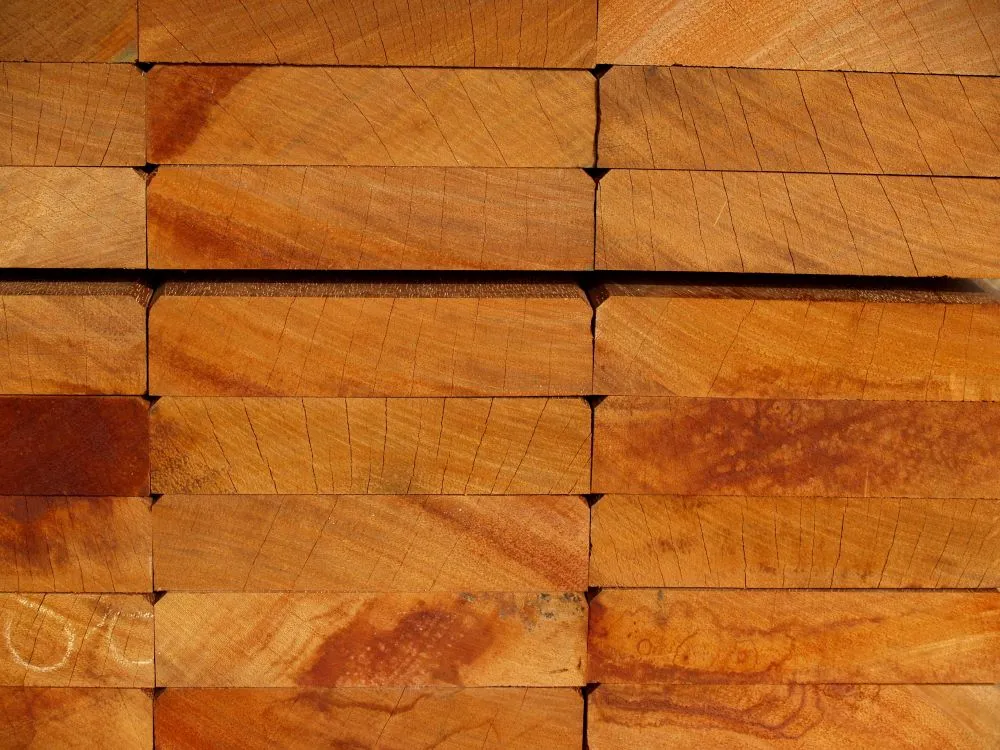
Hardwoods vs. Softwoods: A Comparative Analysis
| Hardwoods | Softwoods |
| Oak, maple, cherry, walnut | Pine, cedar |
| Denser, more durable, resistant to dents and warping | Softer, more prone to dents and warping |
| Lifespan of 40–50+ years with proper care | Lifespan of 15–30 years if well maintained |
| More expensive and heavier | More affordable and lighter |
| Better suited for high-traffic kitchens and long-term investment | Often chosen for budget-conscious projects or rustic aesthetics |
Finish Quality
High-quality finishes such as polyurethane, conversion varnish, and catalyzed lacquer create a robust barrier that safeguards your solid wood cabinets from common kitchen hazards like water, heat, grease, and stains. These finishes not only enhance the wood’s natural beauty but also prevent moisture penetration, which can otherwise cause warping, cracking, or mold growth. For example, cabinets coated with catalyzed lacquer often retain their gloss and structural integrity for decades, even in busy kitchens with frequent exposure to steam and spills.
- High-quality finishes (like polyurethane, conversion varnish, or catalyzed lacquer) protect against water, grease, stains, and heat.
- Low-quality or worn finishes make cabinets more vulnerable to moisture, mold, and staining.

Finishes also influence the ease of cleaning and maintenance. A durable finish reduces the frequency of needed touch-ups by resisting dirt adherence and chemical damage when wiped with mild cleaning agents. Without this protective layer, the wood becomes highly vulnerable to surface damage, accelerating wear and reducing the cabinet’s lifespan. Applying and maintaining a proper finish can therefore extend your cabinets’ service life from the standard 20–30 years closer to 40–50 years or more, especially when paired with hardwood construction.
Moisture & Humidity
Humidity plays a significant role in the lifespan of your solid wood cabinets. Wood naturally absorbs moisture from the air, causing it to expand in humid conditions and contract when it’s dry. Over time, these constant cycles can lead to warped panels, swollen joints, and cracked surfaces. Kitchens located in more humid climates or near sources of water like sinks and dishwashers expose cabinets to increased moisture risks. Without proper sealing or high-quality finishes, the accumulated moisture can penetrate deeper into the wood, promoting mold growth and wood rot.
- In humid environments, cabinets can expand, warp, or crack if not properly sealed.
- In dry environments, wood can shrink and joints can loosen.
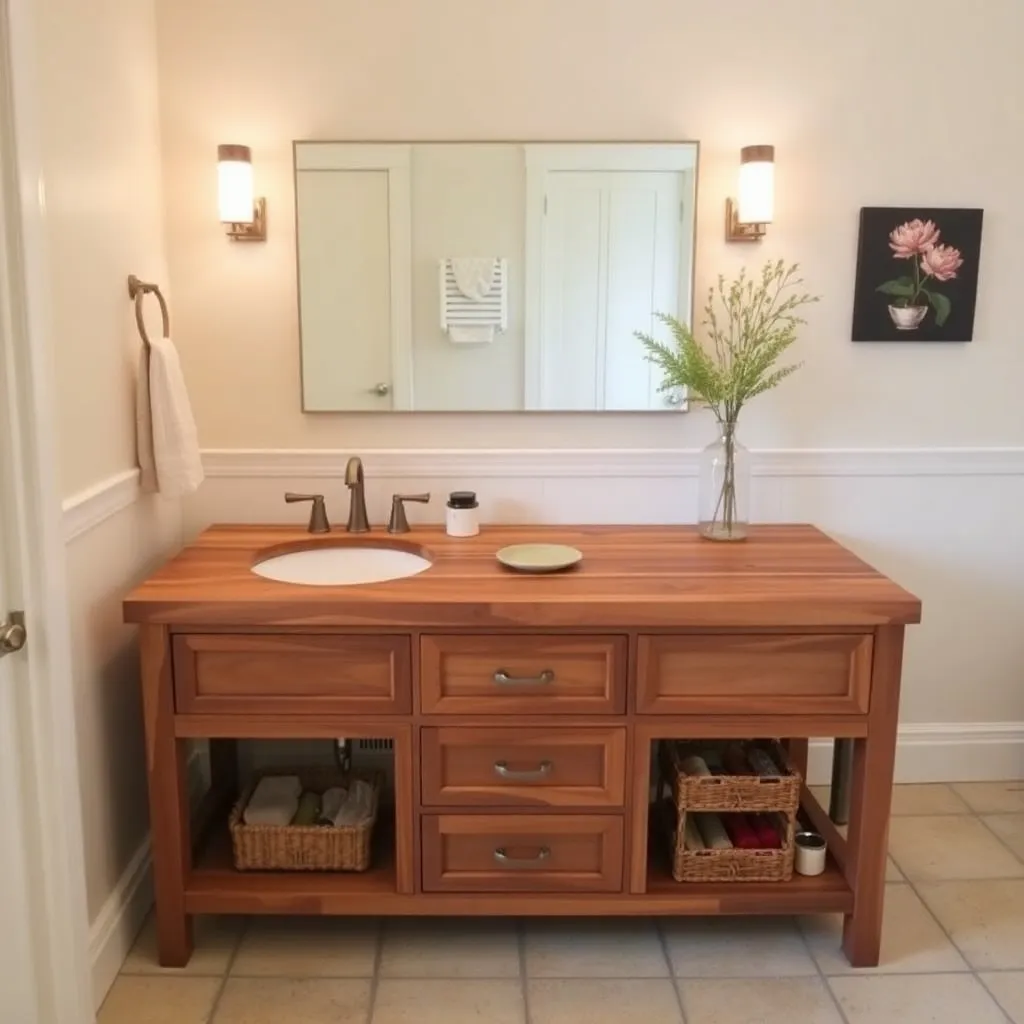
Use & Wear
The constant opening and closing of cabinet doors and drawers leads to gradual wear on hinges and soft-close mechanisms. In a busy kitchen, your cabinets may be opened upwards of 50 times daily, accelerating the loosening of hardware and degrading the finish around handles and edges. Such mechanical stress can also cause misalignment in doors, making them harder to close properly over time.
- Kitchens near sinks or stoves often expose cabinets to steam or splashes, which can cause damage if not wiped up quickly.
- Cabinets in a busy kitchen get opened and closed many times a day. This wears down hinges, soft-close mechanisms, and finish.
- Slamming doors, hanging on them, or placing heavy items inside can loosen or crack the frame.
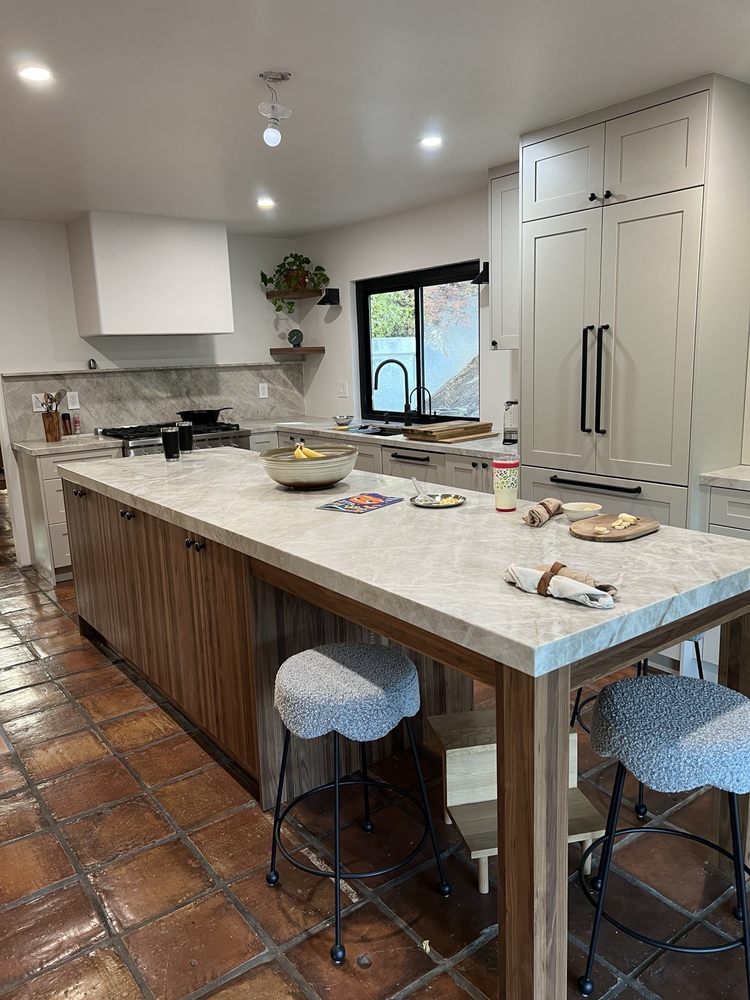
Repeated exposure to steam, spills, and grease near cooking areas causes the finish on your cabinets to deteriorate faster, especially if it’s a lower-quality coating. This can result in sticky or discolored surfaces that attract dirt and stains. Impact damage from slamming doors, hanging heavy pots on handles, or placing heavy items inside the cabinets may lead to cracks or loosened joints, which compromises structural integrity sooner than expected.
Maintenance
Focusing on these maintenance approaches can help you preserve the functionality and appearance of your cabinets even in the busiest kitchens. Combining mechanical upgrades like soft-close mechanisms with proactive cleaning and moisture control creates a balanced defense against the erosive effects of everyday kitchen activity.
- Regular cleaning with mild soap and a soft cloth helps remove grease and dirt without damaging the finish.
- Reapplying sealant or touch-up paint every 10–15 years can refresh the look and improve protection.
- Checking for leaks or water drips helps prevent hidden moisture damage.
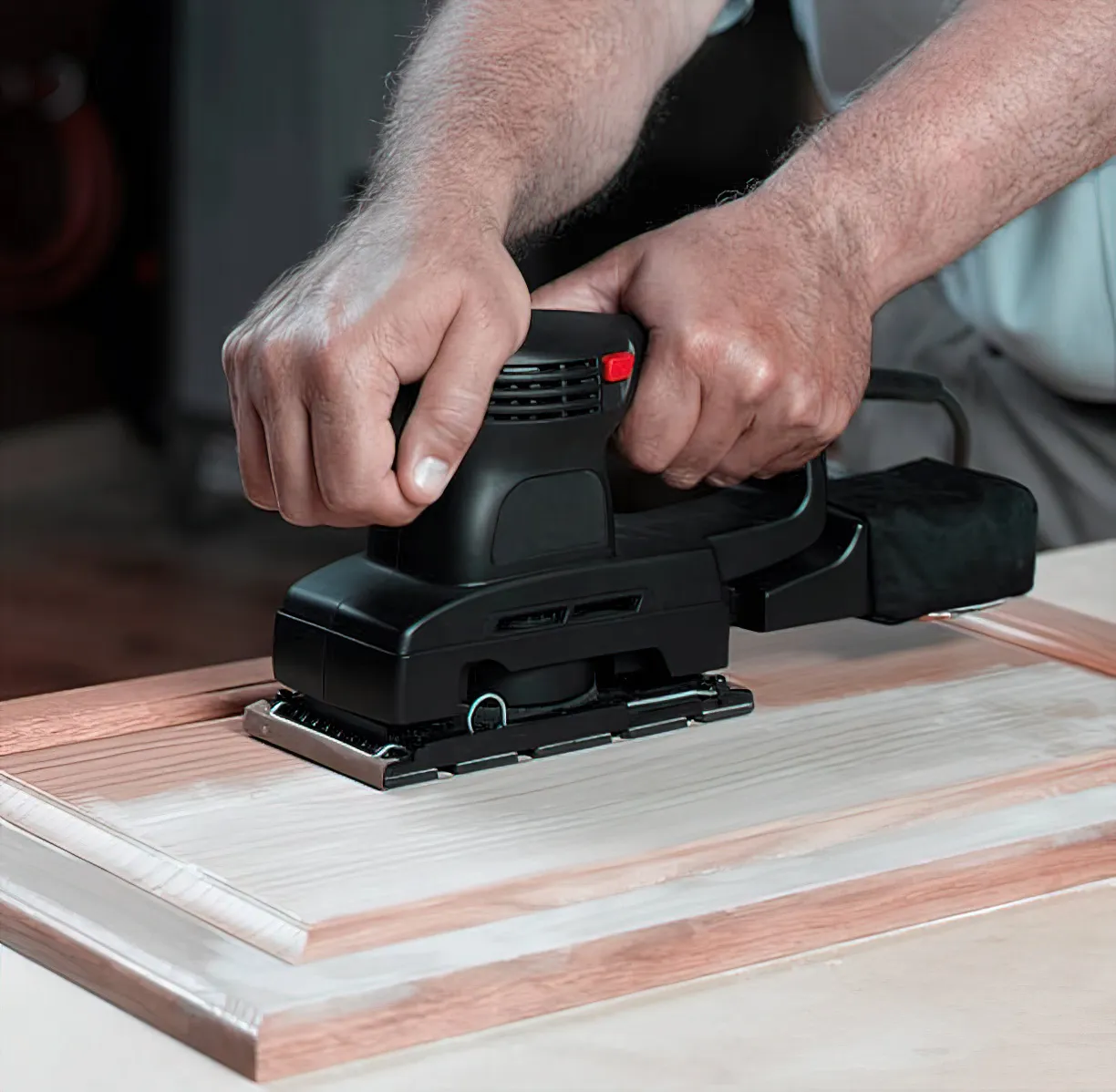
Signs It’s Time to Replace or Refinish
- Doors or drawers don’t close properly
- Warping or cracking of panels
- Heavy water damage or mold
- Finish has worn off or is sticky
- Structural looseness or broken joints
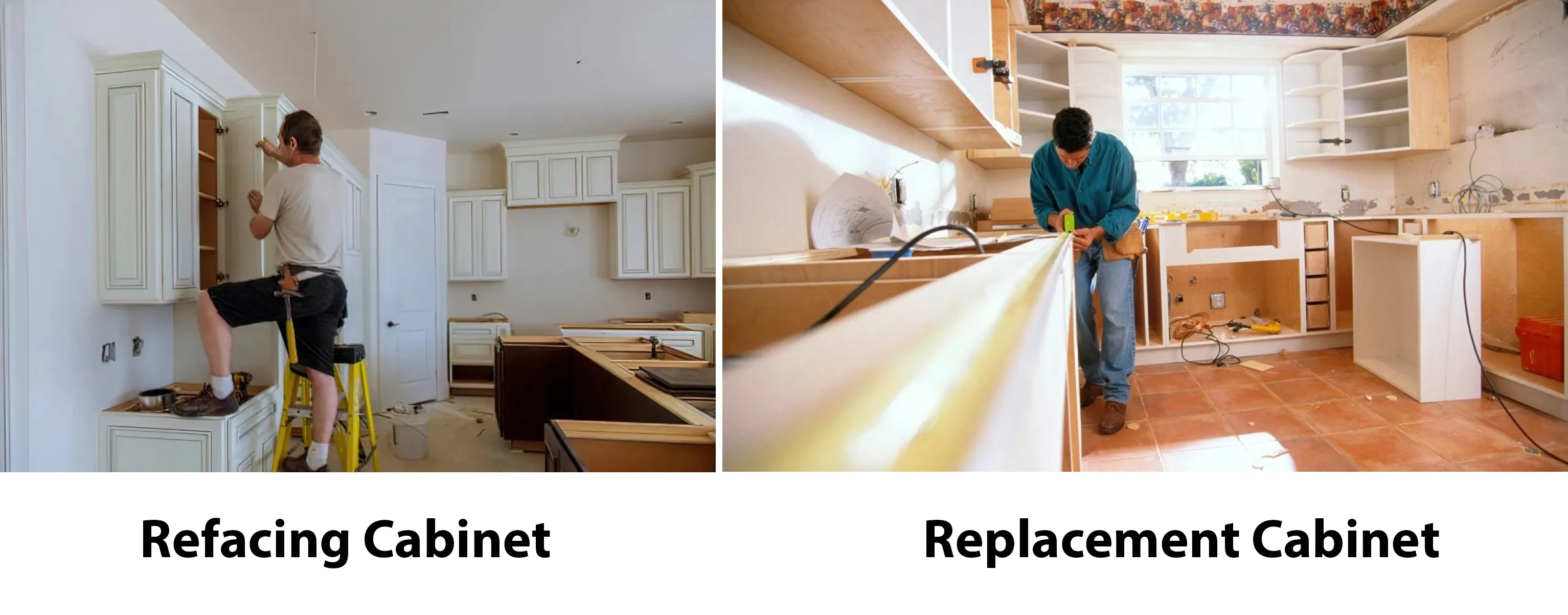
Identifying Structural Issues:
Signs such as doors or drawers that no longer close properly often point to underlying structural looseness or broken joints. Over time, wooden frames can warp or crack due to frequent use, humidity fluctuations, and physical stress from slamming or weight overload. If you notice excessive wobbling when opening cabinet doors or hear creaking sounds, these can indicate that internal supports or hinges have weakened and may need immediate attention.

Checking the cabinet’s framework for visible cracks, splits, or gaps between joints will help you catch problems before they worsen. Loose or missing screws and deteriorated glue bonds often cause cabinets to lose rigidity, impacting both function and safety. When these structural components fail, repair might involve reinforcing joints or fully replacing affected parts to restore stability and extend the life of your cabinets.
Knowing When to Refinish vs. Replace
Finish wear is often the first visible sign prompting action. A finish that has worn off, feels sticky, or shows heavy staining from grease or water indicates a weakened protective layer. Refinishing can effectively restore the cabinet’s surface, renewing its resistance to moisture and stains. Typically, cabinets benefit from refinishing every 10–15 years, which includes sanding, resealing, and applying high-quality finishes like polyurethane or catalyzed lacquer to maintain durability.

Replacement becomes more justifiable when damage extends beyond the surface—such as extensive warping, molding, or severe structural compromises. In kitchens where cabinets experience constant exposure to steam or spills near sinks and stoves, prolonged neglect can accelerate decay, making repair impractical. If repairs cost approaches 50% or more of replacement expenses, opting to replace cabinets often provides better long-term value and peace of mind.
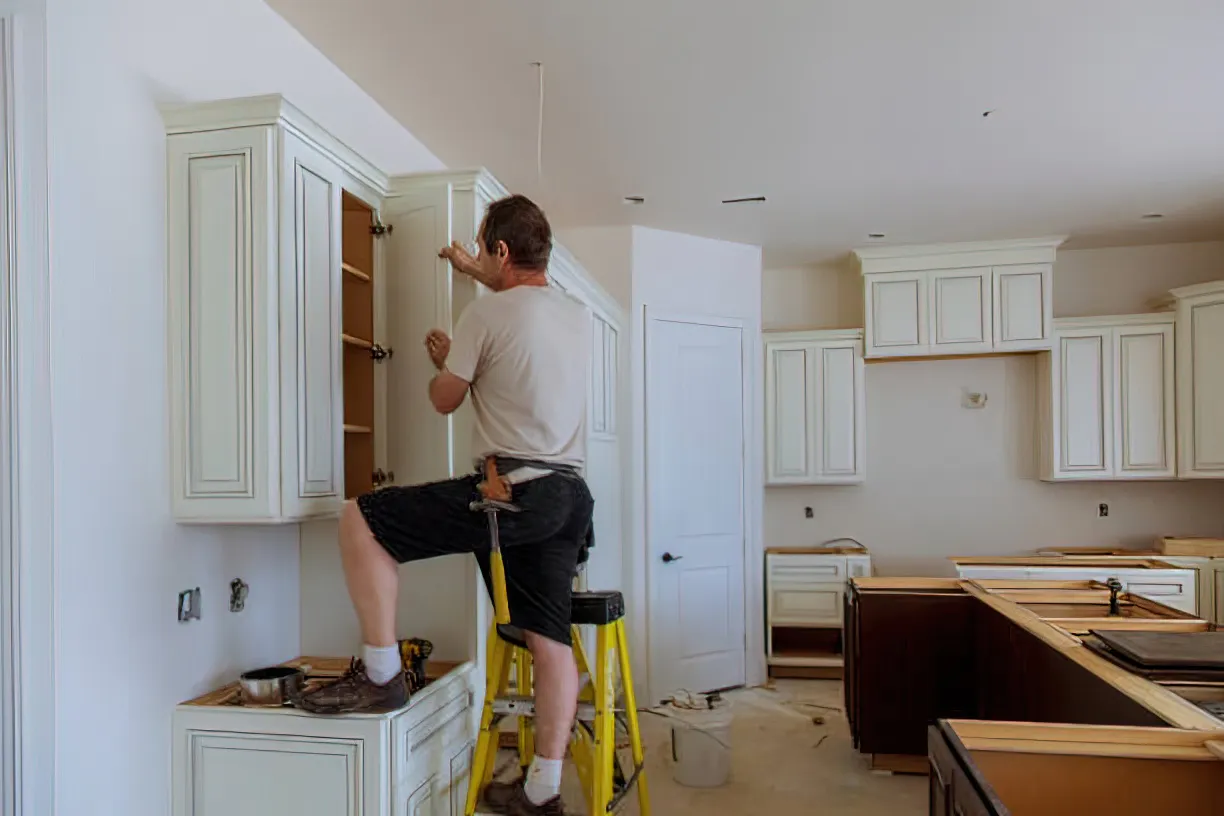
Evaluating condition systematically will guide your decision. Minor cosmetic flaws generally demand refinishing, but once you encounter persistent structural weaknesses or heavy water damage, replacement offers a safer and more reliable solution for maintaining your kitchen’s aesthetic and function.
Tips to Make Solid Wood Cabinets Last Longer
- Use gentle cleaners (no harsh chemicals)
- Wipe spills immediately
- Avoid hanging wet towels on cabinet doors
- Use a dehumidifier in humid climates
- Refinish or repaint every 10–15 years if needed
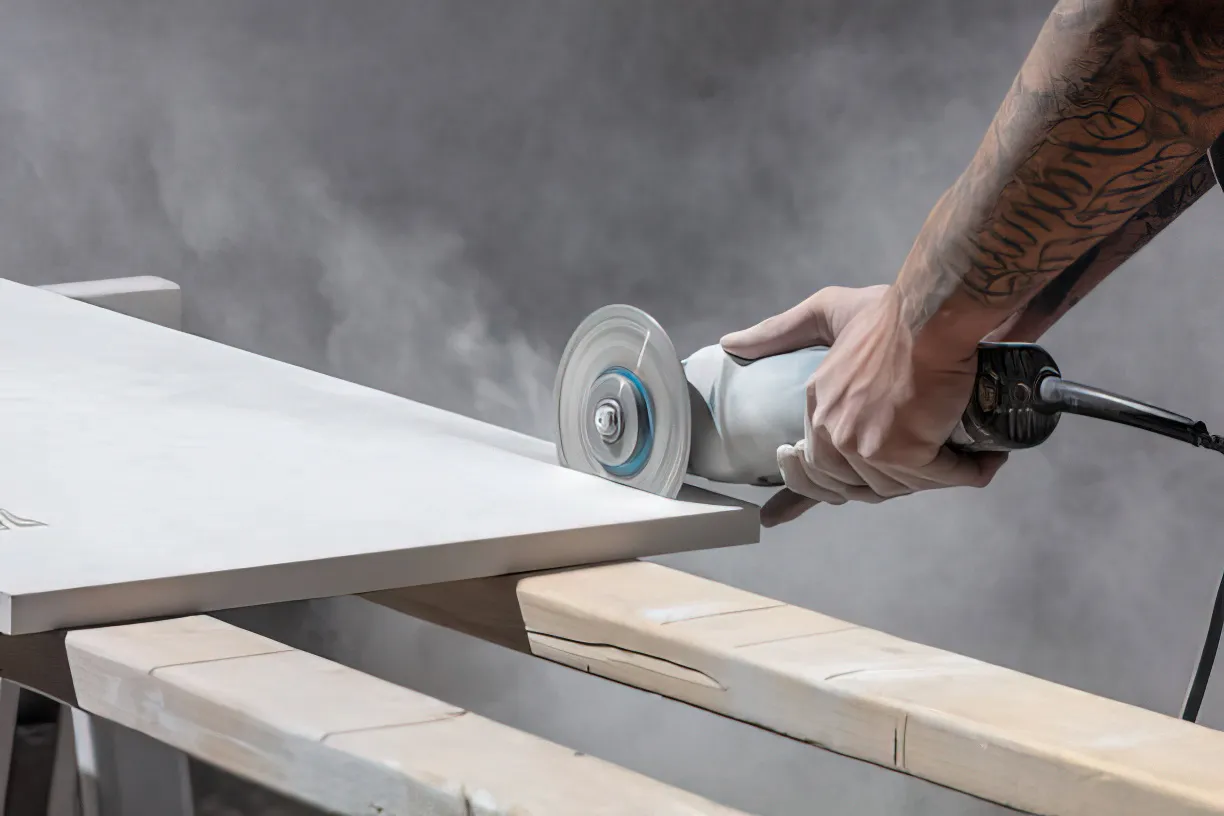
To Wrap Up / Final Words
Now that you understand the factors influencing the lifespan of solid wood cabinets, you can make more informed decisions about purchasing and maintaining them. With proper care, including regular cleaning, timely refinishing, and protection from moisture and excessive wear, your solid wood cabinets can serve you well for decades—often lasting 20 to 50+ years depending on the wood type and environment. Choosing high-quality hardwoods and finishes can further extend their durability and appearance.
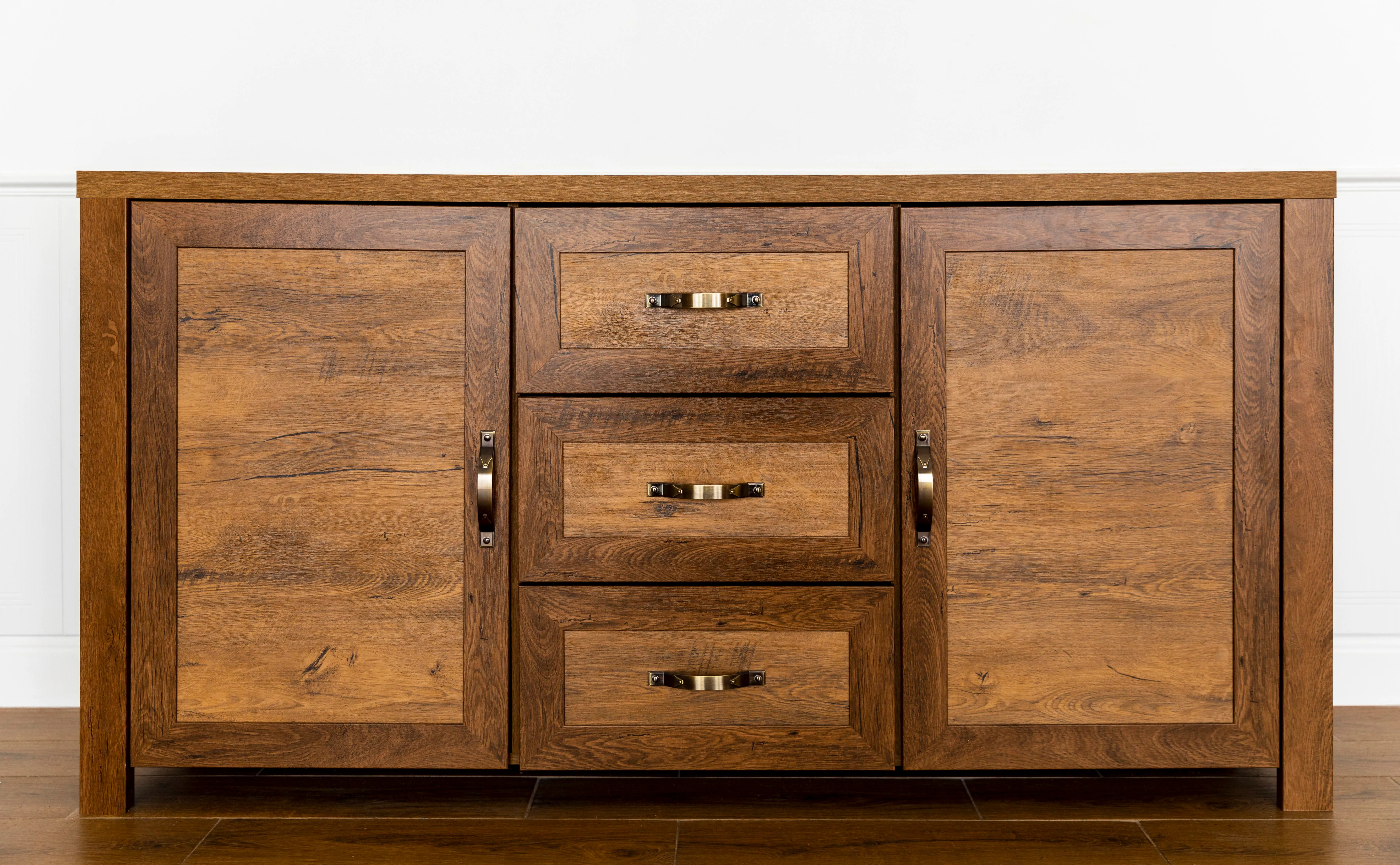
Your daily habits and maintenance routines play a significant role in preserving the integrity and beauty of your cabinets. By attending to potential issues early, such as warping, finish wear, or loose joints, you help ensure that your cabinets remain functional and attractive for many years. This approach not only protects your investment but also contributes to a kitchen or bathroom space that feels warm and inviting over time.
For Remodeling Interest:
“Your kitchen deserves timeless quality. Explore our gallery of solid wood cabinet installations and get inspired for your next remodel.”
- View Our Cabinet Portfolio: https://guilincabinets.com/portfolios
- Our 3D Irvine Showroom: https://guilincabinets.com/showroom
- Schedule Your Free Consultation: Hotline: (949)-299-2370
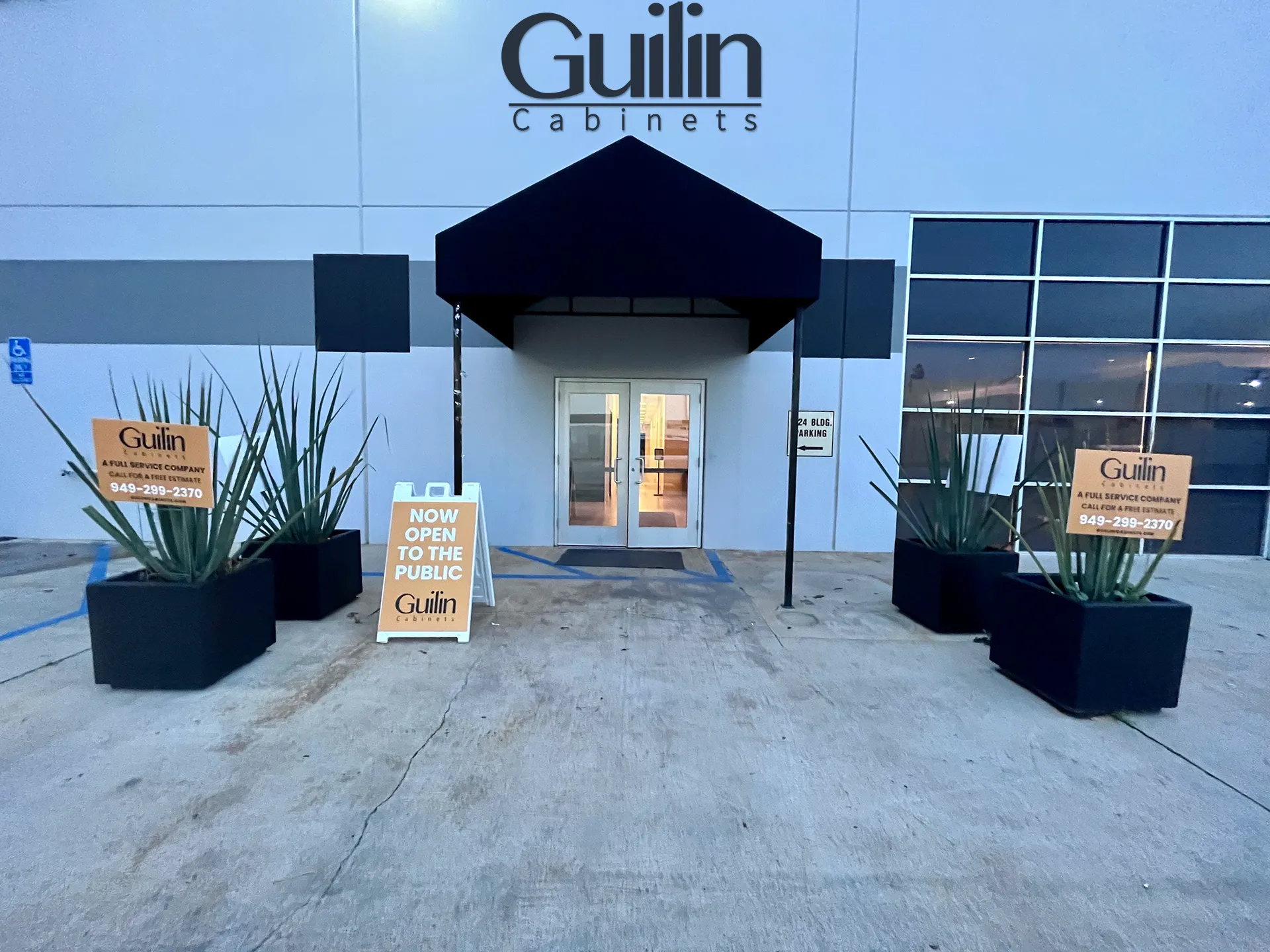
FAQs About How Long Do Solid Wood Cabinets Last?
How long can I expect solid wood cabinets to last?
Solid wood cabinets typically last between 20 to 50+ years. The exact lifespan depends on factors such as the type of wood used, environmental conditions, and how well they are maintained over time.
Which wood types offer the longest durability for solid wood cabinets?
Hardwoods like oak, maple, cherry, and walnut are known for their exceptional durability and resistance to dents, scratches, and warping. These woods often allow cabinets to last well beyond 40 years when properly cared for.
How does finish quality affect the lifespan of solid wood cabinets?
High-quality finishes such as polyurethane, conversion varnish, or catalyzed lacquer provide a protective barrier that prevents moisture, heat, grease, and stains from damaging the wood. A superior finish can extend the lifespan of cabinets significantly, sometimes pushing it closer to 40–50 years.
What environmental conditions can shorten the life of solid wood cabinets?
Exposure to excessive moisture and high humidity can cause wood to expand and contract repeatedly, leading to warping, cracking, and mold growth. Cabinets near sinks, dishwashers, or in humid climates require proper sealing and maintenance to prevent these issues.
How does daily use impact the longevity of solid wood cabinets?
Frequent opening and closing of doors and drawers cause gradual wear on hinges, hardware, and finishes. Heavy use in busy kitchens increases the risk of mechanical stress, finish deterioration, and damage from impacts, which can reduce cabinet life if not addressed.
When should I consider refinishing versus replacing my solid wood cabinets?
Refinishing is recommended when the cabinet’s finish shows signs of wear, such as dullness, stickiness, or staining, typically every 10–15 years. Replacement should be considered if there is extensive warping, mold, structural damage, or if repair costs approach half the cost of new cabinets.
What maintenance practices help extend the lifespan of solid wood cabinets?
Regular cleaning, immediate wiping of spills, maintaining humidity levels, upgrading hardware like soft-close hinges, and refinishing every decade or so are effective ways to keep cabinets in good condition. Consistent attention to minor issues prevents more severe problems down the line.


